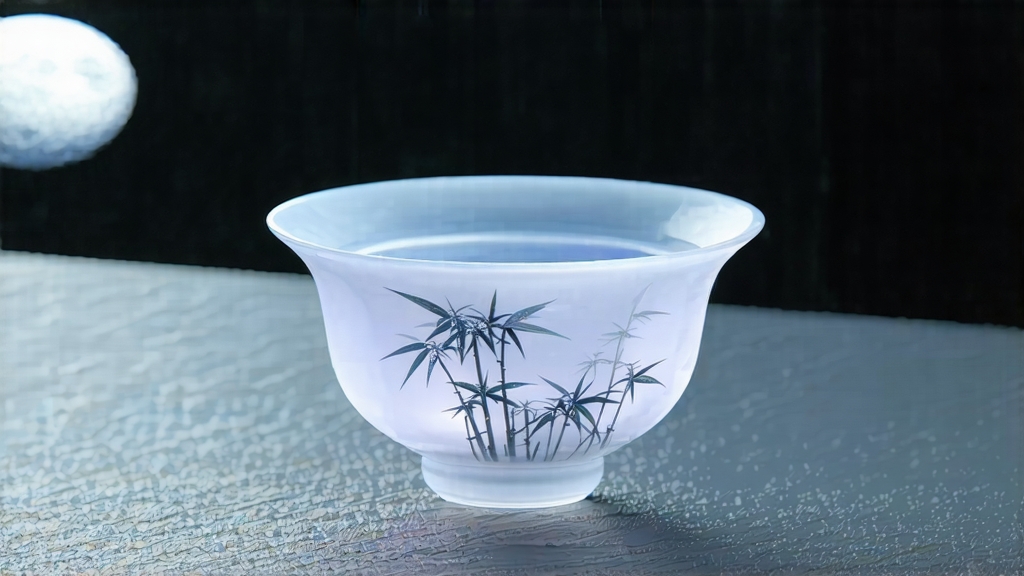
Among the six great families of Chinese tea, white tea is the least theatrical yet the most elusive; it is oxidised by time rather than by fire, and within this family Bai Hao Yin Zhen—“Silver Needle”—reigns as the uncrowned emperor. To the uninitiated it looks like a handful of dried pine needles, but in the presence of hot water those needles unfold into a story that begins in the Tang dynasty, passes through the caravans of the Song tea horse road, and ends in the minimalist studios of contemporary Fuding.
Historical whispers
The first written trace appears in 1064 AD, when governor Cai Xiang praised “white downy tips” presented at the Song court. Commerce soon pushed the tea toward the northern borders where nomads valued its light, non-bitter liquor as a digestive after mutton and mare’s milk. By the late Qing, Silver Needle had become a tribute item shipped down the Min River to Canton, then across the South China Sea to European apothecaries who marketed it as “white down tea” and prescribed it for fever. The 1915 Panama-Pacific International Exposition awarded it a gold medal, sealing its global reputation long before modern sommeliers discovered its low-theine, high-antioxidant profile.
Terroir and micro-seasons
Authentic Yin Zhen is born between 27° and 27°30′ north latitude on the coastal hills of Fujian’s Fuding and Zhenghe counties. Here, the East China Sea injects morning fog into valleys planted with the small-leaf Da Bai cultivar. The bushes sit on lateritic soil rich in quartz and feldspar; the same minerals that lend the local rice a faint sweetness reappear as a lilting note in the tea. Farmers divide the picking calendar into three micro-seasons: Qingming (early April) yields the plumpest buds, Guyu (mid-April) offers balanced sweetness, and Lixia (early May) produces a leaner, more mineral style. Purists insist on Qingming buds picked before the dew evaporates, when cell turgor is highest and enzymatic activity is gentlest.
Pluck and wither: the art of doing almost nothing
At 4:30 a.m. teams of pickers—usually women wearing wide bamboo hats—move down the rows snapping off only the unopened bud and the immediate half-centimetre of stem. A full kilogram of finished tea requires roughly thirty thousand buds, all of which must arrive at the factory within two hours to prevent enzymatic browning. Once inside, the buds are spread on bamboo trays exactly one bud deep; no rolling, no pan-firing, no shaking. For forty-eight hours they rest in a climate-controlled loft where temperature is kept at 22 °C and relative humidity at 65 %. Convection fans move air horizontally so that each bud loses moisture at the same rate, curling imperceptibly into the shape of a tiny fishhook. The goal is 8–9 % residual moisture, judged by the master who presses a bud between forefinger and thumb; it should snap, not bend. Finally a 15-minute “solar rest” on the courtyard stones at 10 a.m. fixes the aroma without adding colour, after which the tea is immediately packed in triple-layered kraft paper and left to nap for at least thirty days so that residual enzymes can polish any rough edges.
Grades and myths
Western vendors often speak of “Imperial,” “King,” or “AAA” grades, yet Chinese traders recognise only two distinctions: Zhenghe style—slightly longer, grey-green buds with a savoury, soy-milk finish—and Fuding style, shorter, paler, and more floral. The real discriminator is age. One-year Yin Zhen is bright and lilac-scented; three-year develops honeyed body; seven-year begins to show medicinal camphor and date; beyond fifteen the liquor turns deep amber and the taste drifts toward aged Riesling with a hint of mint. Unlike pu-erh, white tea does not need microbial fermentation; slow oxidation alone drives the transformation, provided the storage space is kept below 25 °C and 50 % humidity.
Water, fire, and patience
Silver Needle is forgiving but not impolite; it rewards restraint. Begin with neutral spring water around 80 °C—any hotter scalds the downy hairs and releases tannic harshness. Use a tall glass or a translucent porcelain gaiwan so that you can